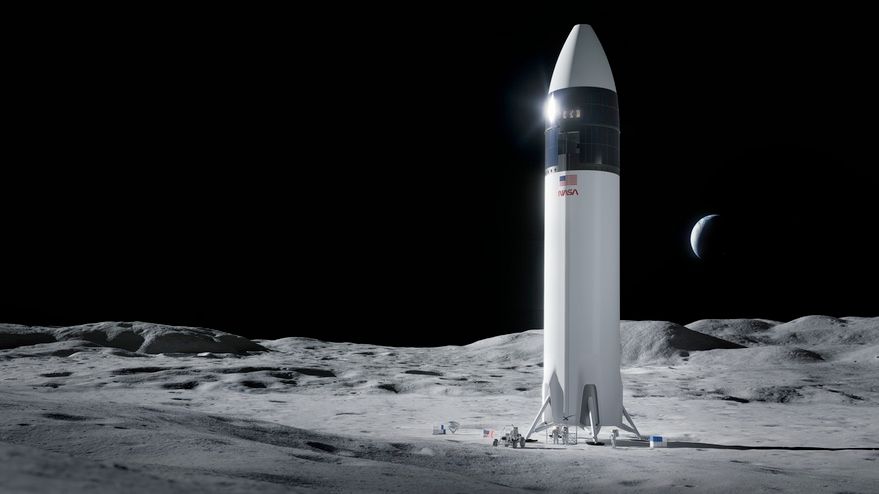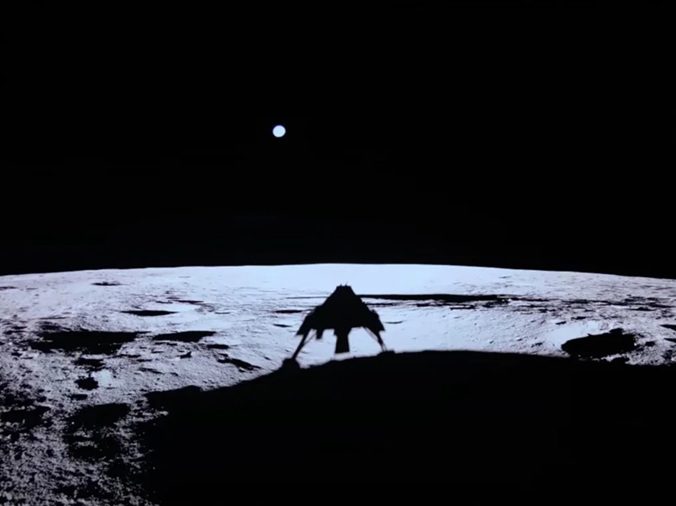Having announced that DIRECT can’t cut the mustard and that NASA’s Constellation programme is hamstrung by industrial and political decisions I had said that Hyperbola would put forward its own plan for human exploration beyond low Earth orbit
Not wanting to attempt to tackle this nebulous topic in one blog post I am going to start by setting out some parameters and if I can persuade out in-house artists could have some snazzy pictures in the foreseeable future
So for those of you brave enough to click through to the extended section and read my self imposed constraints, feel free to flame away
It would be easy to draw up a plan for manned exploration beyond LEO that paid no heed to costs and schedules but that would be to duck the central issues facing NASA and all the other space agencies
So I will begin by setting out the landscape within which my plan must fit:
*The plan has to fit into expected future NASA budgets, which will increase at or below inflation (with the assumption that manned flight is always a priority)
*The plan has to show demonstrable progress for political reasons in the near term
*The plan has to use existing infrastructure
*The plan does not have a fixed date for the first landing on the Moon or Mars
*The plan will be driven by the scientific objectives set out by scientists
*The plan does not have to use the existing industrial workforce
This last point goes to the heart of the problem with NASA’s strategy. It could be said that the political needs for NASA budget approval requires this but I am going to let the free market rein
In part two (don’t ask me when) I will address the scientific objectives
For those of you who are wondering what the image in the first section of this blog post is, it is from this NASA history webpage about the early years of Apollo and lunar module landing concepts





